DJI Applauds FAA and Industry Efforts to Enhance Drone Safety
Key Recommendations Align with DJI’s Safety Initiatives
DJI, a leading player in the civilian drone and aerial imaging sector, has expressed its support for the recent release of three crucial reports by the U.S. Federal Aviation Administration (FAA). These documents, resulting from the deliberations of the FAA’s Drone Advisory Committee (DAC), focus on strategies for monitoring drones in flight, safeguarding sensitive areas from potential misuse, and facilitating the sophisticated deployment of drone technology.
Aligning Actions with Recommendations
The DAC’s recommendations underscore the proactive measures DJI has taken to integrate safety and security features into its drone designs. Among the suggested measures are advanced geofencing systems to protect sensitive airspaces, remote identification systems that allow authorities to track drone flights, and the installation of ADS-B-In receivers to warn drone operators about incoming aircraft. Notably, DJI has voluntarily implemented these features prior to any government mandates, showcasing its commitment to safety.
“The DAC members have invested significant effort in crafting these thoughtful and balanced recommendations, aimed at ensuring drones are a safe addition to the airspace,” said Brendan Schulman, Vice President of Policy & Legal Affairs at DJI and a member of the committee. “DJI is thrilled that our safety measures align with the expectations of those involved in drafting these guidelines, and we are eager to facilitate the adoption of pivotal enhancements for all drone users.”
Important Findings from Recent Reports
The FAA’s three reports were unveiled during the quarterly DAC meeting held in Washington, D.C., and are available for public access at the FAA’s official site. Furthermore, DJI released its own “Elevating Safety” white paper earlier this year, detailing the safety measures incorporated into its products and proposing a ten-point plan for collaboration among industry leaders and regulatory bodies. This document can also be downloaded via a provided link.
Additionally, a separate report from the Blue Ribbon Task Force on UAS Mitigation at Airports has echoed similar sentiments. This task force, comprising experts from various aviation sectors, advised drone manufacturers to implement geofencing, remote identification, and a basic knowledge assessment for new drone pilots—practices that DJI has already integrated into its products. The report highlighted innovative concepts like a “three-dimensional bow-tie geofence” for flight paths, an advancement that DJI showcased in its GEO 2.0 update released a year ago.
Ongoing Commitment to Safety
The task force’s report further emphasized the need for enhanced enforcement against pilots who violate regulations and called for greater authority for local law enforcement to tackle drone-related incidents. These points were also raised in DJI’s “Elevating Safety” white paper, reinforcing the alignment of DJI’s practices with recommended industry standards.
“DJI is dedicated to prioritizing safety while collaborating with governmental entities at federal, state, and international levels to develop effective, risk-based solutions that can be quickly integrated into everyday drone operations,” Schulman stated. “The insights from these two separate reports affirm that the significant efforts and resources we have committed to building robust safety features are paving the way toward enhancing aviation safety and national security during this foundational period for the drone industry.”
As the drone industry continues to evolve and integrate into various sectors, DJI’s proactive measures and alignment with regulatory recommendations signify a promising future for drone technology and safety.


